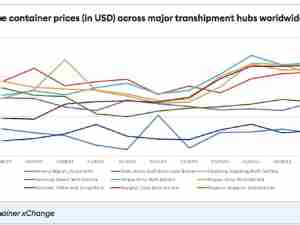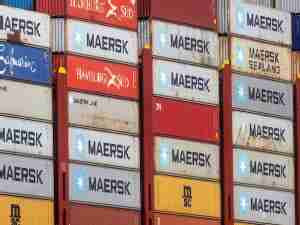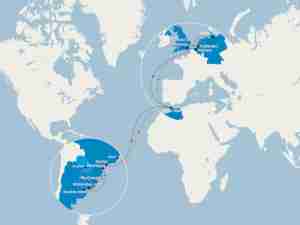LONDON - Dow Jones Risk & Compliance is partnering with Pole Star to bring a more complete view of the regulatory risks faced by organizations involved in maritime trade.
The partnership enables users of Dow Jones’ trade compliance solution to access additional intelligence for vessel screening and monitoring via Pole Star’s award-winning PurpleTRAC software. PurpleTRAC provides a vessel’s complete voyage history and screening checks for advanced auditing, combining transponder signals with Inmarsat satellite tracking.
“Assessing the risk associated with a trade transaction -- from the goods themselves to the vessel and counterparties involved -- is increasingly important given regulatory pressures around international trade,” said Guy Harrison, General Manager of Dow Jones Risk & Compliance. “By combining Dow Jones’ highly structured sanctions and dual-use goods content with Pole Star’s vessel screening and monitoring technology, we are confident that this collaboration will set a new standard in guarding against financial crime in maritime trade.”
“The PurpleTRAC solution has helped many organizations exposed to shipping achieve best practice in sanctions compliance, in an efficient and cost-effective way. As we strive to make maritime trade safe and compliant, forming this mutually beneficial partnership with Dow Jones - the world leaders in third-party risk management and regulatory compliance solutions - is an exciting next step for us,” said Julian Longson, Managing Director of Pole Star.
Dow Jones’ trade compliance solution enables companies to assess risk with regard to dual-use goods, trade counterparties, vessels and sanctioned cities and ports. It provides coverage of all major export control regimes, including the Wassenaar Arrangement, the Chemical Weapons Convention and U.S. Commerce Control List.
According to News Corp’s latest earnings statement, Dow Jones Risk & Compliance reported 22% revenue growth in the third quarter of fiscal 2019. The company expects Risk & Compliance’s annual revenues to increase to around $130m by the end of the fiscal year.









